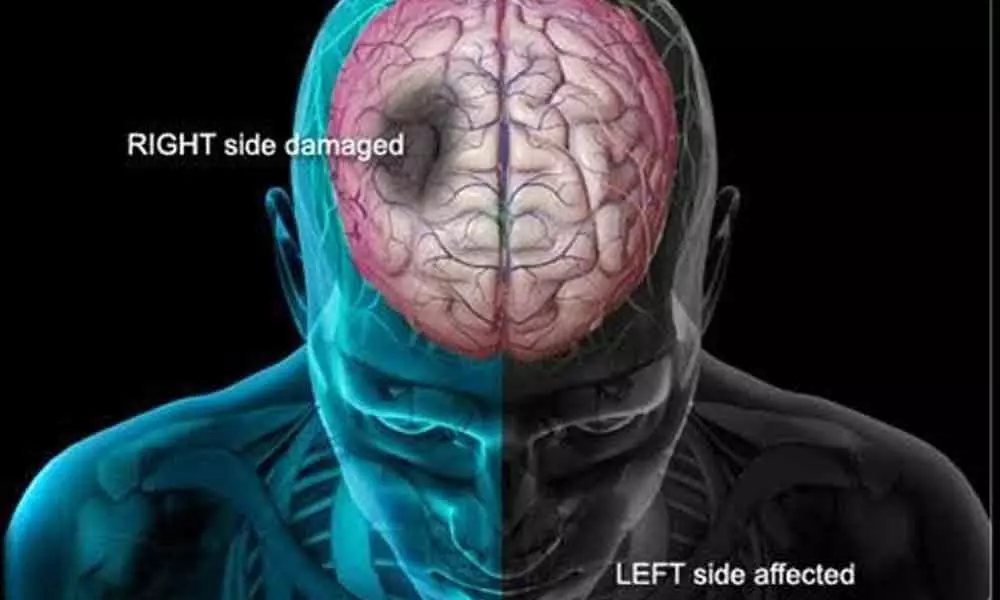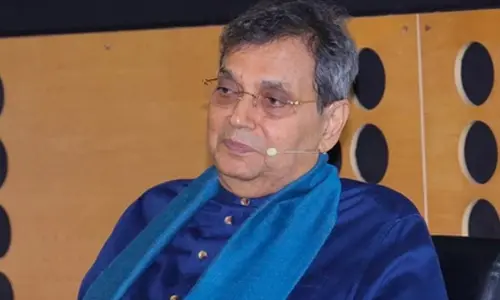Silent strokes are less noticeable

When we think of stroke, we imagine someone getting limb weakness, slurred speech, facial deviation, but it's not so always. As we all know ischemic stroke is caused by sudden decreased blood supply to part of brain by clot leading to oxygen deprivation and death of neurons.
But not all strokes result in clinical symptoms, some of them have no acute deficits but in long run will result in memory disturbances, tremulousness of limbs, slowness of activities and many more says Dr. Kailash Mirche, Consultant Neurologist, Continental Hospitals
What is silent stroke?
Silent strokes are those in which there are no sudden onset of any symptoms, they are clinically subtle. Silent strokes are much common than symptomatic strokes and as they less noticeable, many people who experience them are not aware of having suffered a stroke at all.
The incidence of silent stroke increases with age. For every person who has a stroke with symptoms, about 14 others have a silent stroke. Researchers estimate that more than one-third of people over age 70 have had a silent stroke.
Even though silent strokes are asymptomatic in long run they have negative impact on brain. Cumulative damage from recurrent silent strokes leads to many long term complications.
When to suspect silent stroke
Significant long term complication can happen if recurrent silent strokes including memory disturbances and cognitive dysfunction we call it as vascular dementia. We can also land up in something called as vascular parkinsonism from recurrent silent strokes where in patients will have change in voice, slowness of activities, gait imbalance and sometimes loss of urinary control.
How it can be identified
Whenever there are symptoms as described above in a patient with multiple risk factors silent stroke should be suspected. Usually imaging in the form of MRI of brain we can find the silent strokes.
Ways to decrease incidence
Control of sugar levels in diabetic.
Reduce salt intake to less than 1 teaspoon per day and maintain normal blood pressure with regular check ups
Quit smoking
Keeping cholesterol levels within normal limits
Regular exercises Play tennis, swim, ride a bike, or take a brisk walk for 30 minutes a day, at least five days a week.
Eat at least 1.5 cups of fruit and 2.5 cups of vegetables a day and cut back on foods like red meat and sweets to keep your weight within a healthy range. increase the fiber in your diet (20 to 30 grams of fiber each day is ideal).
Watch your weight. Aim for a body mass index between 19 and 25.
(Writer is consultant neurologist, Continental Hospitals)



















